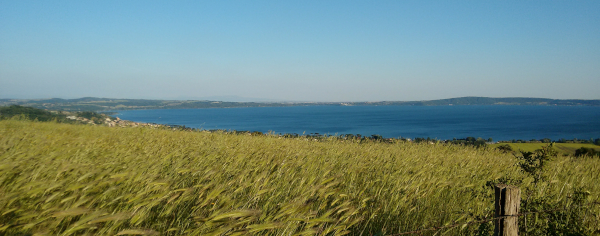Apple scab (Venturia inaequalis): Control strategy for organic pome production
Apple scab is the primary fungal disease in apple cultivation affecting entire harvests as well as the following year's production. The damage can occur both in the plant and during storage. In organic farming, scab control is mostly carried out using precautionary measures. Plant protection products are used for direct control before the onset of rain and during spore germination as "scab stop".



